Paul Manneville1860944833, 9781860944833, 9781860945335
Table of contents :
Instabilities, Chaos and Turbulence: An Introduction to Nonlinear Dynamics and Complex Systems……Page 4
Preface……Page 8
Contents……Page 12
1. Introduction and Overview……Page 16
1.1 Dynamical Systems as a Context……Page 17
1.2 Continuous Media as a Subject……Page 20
1.3 From Simple to Complex……Page 24
1.3.1 Thermal convection: the instability mechanism……Page 25
1.3.2 Nonlinear convection and dynamical systems……Page 27
1.3.3 Stability and instability of open flows……Page 30
1.3.4 Beyond the transition: fully developed turbulence……Page 32
1.5.1 Chemical reactions……Page 35
1.5.2 Prey-predator systems……Page 36
1.5.3 Diffusion equation……Page 37
2.1.1 First definitions……Page 40
2.1.2 Formalism of analytical mechanics……Page 47
2.1.3 Gradient systems……Page 48
2.2 Stability and Linear Dynamics……Page 50
2.2.1 Formulation of the linear stability problem……Page 51
2.2.2 Two-dimensional linear systems……Page 52
2.2.2.1 Two real distinct roots……Page 53
2.2.2.2 A pair of complex conjugate roots……Page 54
2.2.2.3 Double roots……Page 55
2.2.3 Stability of a time-independent regime……Page 56
2.3 Two-dimensional Nonlinear Systems……Page 58
2.3.1.1 The rigid pendulum……Page 59
2.3.1.2 Van der Pol oscillator……Page 61
2.3.2.1 The Duffing oscillator: period from a direct computation……Page 65
2.3.2.2 Averaging method……Page 67
2.3.2.3 The Poincare-Lindstedt method……Page 70
2.3.2.4 The method of multiple scales……Page 72
2.4 What Next?……Page 75
2.5.1 Evolution of volumes in phase space……Page 76
2.5.2 The energy method and its application……Page 77
2.5.4 Coupled linear oscillators……Page 78
2.5.6 Dynamical systems and solitons……Page 79
2.5.7 Variants of the Duffing oscillator……Page 81
2.5.9 Carriage sliding on a rotating hoop……Page 82
2.5.10 Period of an oscillator in a quartic potential……Page 83
2.5.12 Prey-predator system……Page 84
3.1.1 Qualitative analysis of the instability mechanism……Page 86
Equation for the vertical velocity……Page 88
Remarks……Page 89
3.1.3 Normal mode analysis, general perspective……Page 90
3.1.4 Back to the model……Page 93
3.1.5 Vicinity of the threshold: linear stage……Page 97
3.1.6 Classification of unstable modes……Page 99
3.2.1 Simplified model of nonlinear convection……Page 101
3.2.2 Transition to turbulence of convection cells……Page 105
3.2.2.1 Large Prandtl number fluids……Page 106
3.2.2.3 Transition towards turbulence, conceptual problems……Page 107
3.2.3.1 Subharmonic cascade……Page 109
3.2.3.2 Chaos on a two-periodic background……Page 110
3.2.4 Dynamics of “textures” in extended systems……Page 112
3.2.4.1 Textures in fluids with high Prandtl number……Page 113
3.2.4.2 Transition at small Prandtl number and large aspect ratios……Page 114
3.2.5 Turbulent convection……Page 116
3.3.1 Simple model of cellular instability……Page 118
3.3.2 Rayleigh-Be’nard convection: detailed study……Page 120
3.3.3 Simplified model of convection in a binary mixture……Page 124
3.3.4 Turing patterns and reaction-diffusion systems…….Page 127
3.3.5 Taylor-Couette instability……Page 128
4. Nonlinear Dynamics: from Simple to Complex……Page 130
4.1.1 Role of aspect ratios……Page 131
4.1.2.1 Framework……Page 133
4.1.2.2 Heuristic approach……Page 135
4.1.3.1 Reduction to the center manifold……Page 136
4.1.3.2 Reduction to the normal form……Page 137
4.1.3.4 Universality and modeling……Page 139
4.2 Transition to Chaos……Page 140
4.2.1.1 Bifurcation between time-independent regimes……Page 141
Remark……Page 142
4.2.1.2 Emergence of periodicity……Page 143
4.2.2.1 Forced systems……Page 145
4.2.2.2 Steady state of a periodically forced oscillator……Page 147
4.2.3 Quasi-periodicity and lockings……Page 151
4.2.3.1 Stability of a limit cycle: general case……Page 154
4.3 Characterization of Chaotic Regimes……Page 162
4.3.1 Instability of trajectories and Lyapunov exponents……Page 163
4.3.2 Fractal aspects……Page 165
4.4 Empirical Approach of Chaotic Systems……Page 169
4.4.1 Standard analysis by means of Fourier transform……Page 171
4.4.2 Reconstruction by the method of delays……Page 172
4.4.3 Sampling frequency and embedding dimension……Page 175
4.4.4 Application……Page 180
4.6.1 Homogeneous instability in a confined context……Page 183
4.6.3 Landau model of bifurcation for one real mode……Page 184
4.6.4 Variation on the theme of Exercise 4.6.3……Page 186
4.6.6 Stability and attractors of a two-dimensional system……Page 187
4.6.8 Locking……Page 189
4.6.11 Arnold’s cat……Page 190
4.6.12 Fractals……Page 191
4.6.13 Curry-Yorke model (transition QP + chaos)……Page 192
4.6.14 Permanent vs. transient chaos……Page 193
5. Nonlinear Dynamics of Patterns……Page 196
5.1.1 Steady states……Page 197
5.1.2 Amplitude equation……Page 200
5.2 Dissipative Crystals……Page 202
5.3 Short Term Selection of Patterns……Page 205
5.4.1 Quasi-one-dimensional cellular patterns……Page 206
5.4.2 2D modulations of quasi-1D cellular patterns……Page 208
5.4.3 Quasi-two-dimensional cellular patterns……Page 210
5.4.4 Oscillatory patterns and dissipative waves……Page 212
5.4.5 Universal long-wavelength instabilities……Page 214
5.5 What Lies Beyond?……Page 219
5.6.1 Pattern selection……Page 220
5.6.3 Cross roll instability……Page 222
5.6.4.2 Kuramoto-Sivashinsky equation……Page 223
5.6.4.3 Flow down an inclined plane……Page 224
6. Open Flows: Instability and Transition……Page 226
6.1.1 Strictly one-dimensional flows……Page 228
6.1.2 More general velocity profiles……Page 230
6.1.3 Extension to arbitrary profiles……Page 233
6.2.1.1 Setting……Page 234
6.2.1.2 Reduction t o two dimensions……Page 235
6.2.1.3 Orr-Sommerfeld and Rayleigh equations……Page 236
6.2.2.1 The Rayleigh theorem and related properties……Page 238
6.2.2.2 Kelvin-Helmholtz instability……Page 240
6.2.2.3 The Rayleigh equation with linear-by-part velocity profiles……Page 244
6.2.3.1 Instability and viscous dissipation……Page 246
6.2.3.2 Results……Page 248
6.2.4.1 Theory vs. experiments……Page 249
6.2.4.2 Absolute and convective instabilities……Page 254
6.3.1.1 Saturation of the primary mode……Page 256
6.3.1.2 Secondary instabilities……Page 257
6.3.2.1 General features……Page 259
6.3.2.2 Wakes……Page 260
6.3.3.1 Plane Poiseuille flow……Page 264
6.3.3.2 Boundary layer flows……Page 265
6.3.4.1 Context……Page 268
6.3.4.2 Turbulent spots in Blasius and Poiseuille flows……Page 271
6.3.4.3 Plane Couette flow……Page 272
6.3.4.4 Mechanisms?……Page 277
6.4.1 Velocity-vorticity perturbation equations……Page 280
6.4.3 Derivation of Fj rtoft’s theorem……Page 281
6.4.4.2 Kelvin-Helmholtz instability and mixing layer……Page 282
6.4.4.3 Stability of the plane jet……Page 283
6.4.5 Convective and absolute instabilities in the CGL equation……Page 284
7. Developed Turbulence……Page 286
7.1.1 Production scale……Page 287
7.1.2 Inertial scales and Kolmogorov spectrum……Page 289
7.1.3 Dissipation scales……Page 291
7.1.4.2 Decaying turbulence……Page 293
7.2.1 Statistical approach……Page 294
7.2.2 Reynolds averaged Navier-Stokes (RANS) equations……Page 295
7.2.3 Energy exchanges in a turbulent flow……Page 298
7.3.1 Mixing length and eddy viscosity……Page 299
7.3.2 Application to the determination of the mean flow……Page 301
7.4 Beyond the Elementary Approach……Page 305
7.4.1 Turbulence modeling……Page 307
7.4.2 Large eddy simulations……Page 309
7.5.2 Efficiency of turbulent mixing…….Page 314
7.5.4 Decaying turbulence……Page 315
7.5.6 Two-dimensional turbulence……Page 316
8. Summary and Perspectives……Page 318
8.1 Dynamics, Stability, and Chaos……Page 319
8.2 Continuous Media, Instabilities, and Turbulence……Page 323
8.3 Approach to a Complex System: the Earth’s Climate……Page 327
8.4 Exercise: Ice ages as catastrophes……Page 343
A.1 Vector Spaces, Bases, and Linear Operators……Page 346
A.2 Structure of a Linear Operator……Page 349
A.2.1 Jordan normal form……Page 350
A.2.3 Perturbation of a linear problem……Page 354
A.3.1 Scalar products, adjoints, normal and non-normal operators……Page 358
A.3.3 Boundary value problems and adjoint operators…….Page 361
A.4.1 Eigenvalues and eigenvectors, non-degenerate case……Page 363
A.4.2 Degenerate case and Jordan normal form……Page 364
A.4.4 Transient growth of the energy……Page 365
Appendix B Numerical Approach……Page 366
B.1 Treatment of the Time Dependence……Page 367
B.2.1.1 Space discretization and consistence……Page 373
B.2.1.3 Time discretization and stability……Page 374
B.2.1.4 Efficient treatment of implicit schemes……Page 376
B.2.2 Spectral methods……Page 378
B.3.2 Stability of multi-step schemes……Page 384
B.3.3 Finite difference schemes for the SH model……Page 385
B.4.1 ODEs 1: Forced pendulum……Page 386
B.4.2 ODEs 2: Lorenz model……Page 388
B.4.3.1 Rossler model……Page 391
B.4.3.2 Chua circuit……Page 392
B.4.4.1 Explicit scheme……Page 393
B.4.4.2 Implicit scheme……Page 394
B.4.5 PDEs 2: SH model, pseudo-spectral method……Page 395
Bibliography……Page 398
Index……Page 402
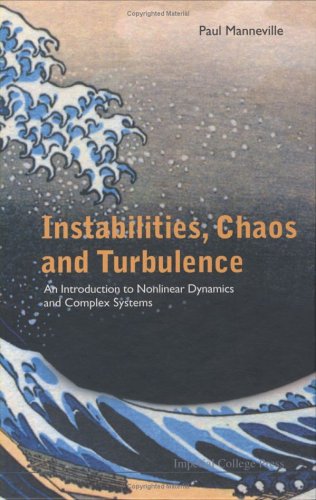

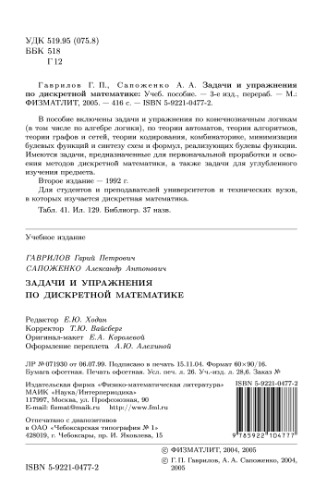

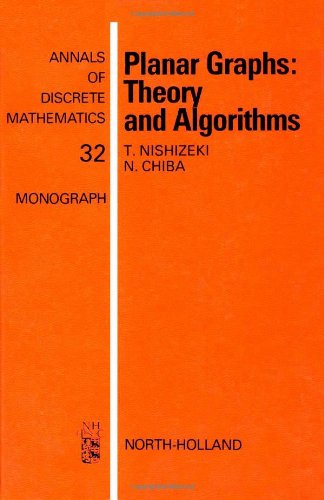
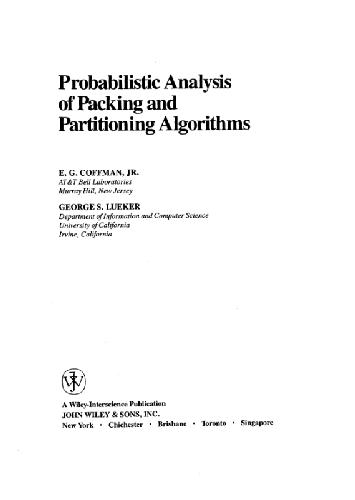
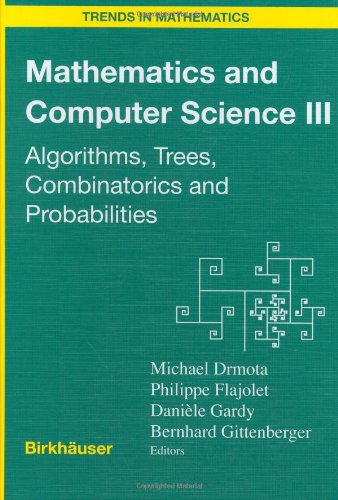
Reviews
There are no reviews yet.